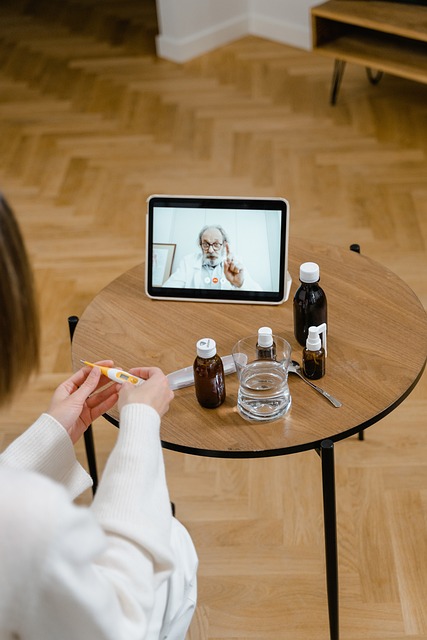Telehealth services are revolutionizing healthcare in ways that were previously unimaginable. Doctors and patients are now able to connect remotely, without the need for in-person visits. This has opened up a world of possibilities for individuals who live in rural communities or who are unable to travel to see a doctor.
Telehealth services are convenient and easy to use. Patients can schedule appointments online or over the phone and connect with their doctors via videoconferencing, phone calls, or instant messaging. They can receive medical advice, ask questions, and even receive prescriptions without leaving their homes.
The benefits of telehealth services are numerous. Patients who live in remote areas can receive care from specialists without having to travel long distances. This can save time, money, and reduce the stress associated with traveling for medical appointments.
Telehealth services can also improve patient outcomes. Patients who receive regular monitoring and follow-up care are more likely to manage their conditions effectively. This can lead to better overall health and fewer emergency hospital visits.
However, there are still some challenges associated with telehealth services. Not all patients have access to the internet or appropriate technology, and some may have difficulty navigating the virtual healthcare system. Additionally, some insurance providers may not cover telehealth services, making it difficult for patients to afford.
Despite these challenges, telehealth services are here to stay. They are revolutionizing the healthcare industry and providing patients with more convenient and accessible care than ever before. With continued advancements in technology, the potential for telehealth services to improve patient outcomes is limitless.






